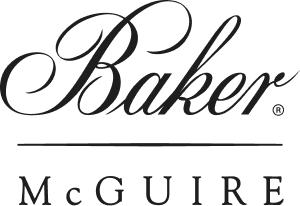A species of banana native to the Philippines sometimes referred to as "BacBac". This hard fiber is a tree-like vine prized for its exceptional strength and flexibility; it is easily replenished, renewing itself every 3-6 months. Naturally thin abaca vines are harvested and woven onto chair frames. Once dried and sealed, abaca seats are incredibly durable and lend a natural beauty to contemporary forms.



